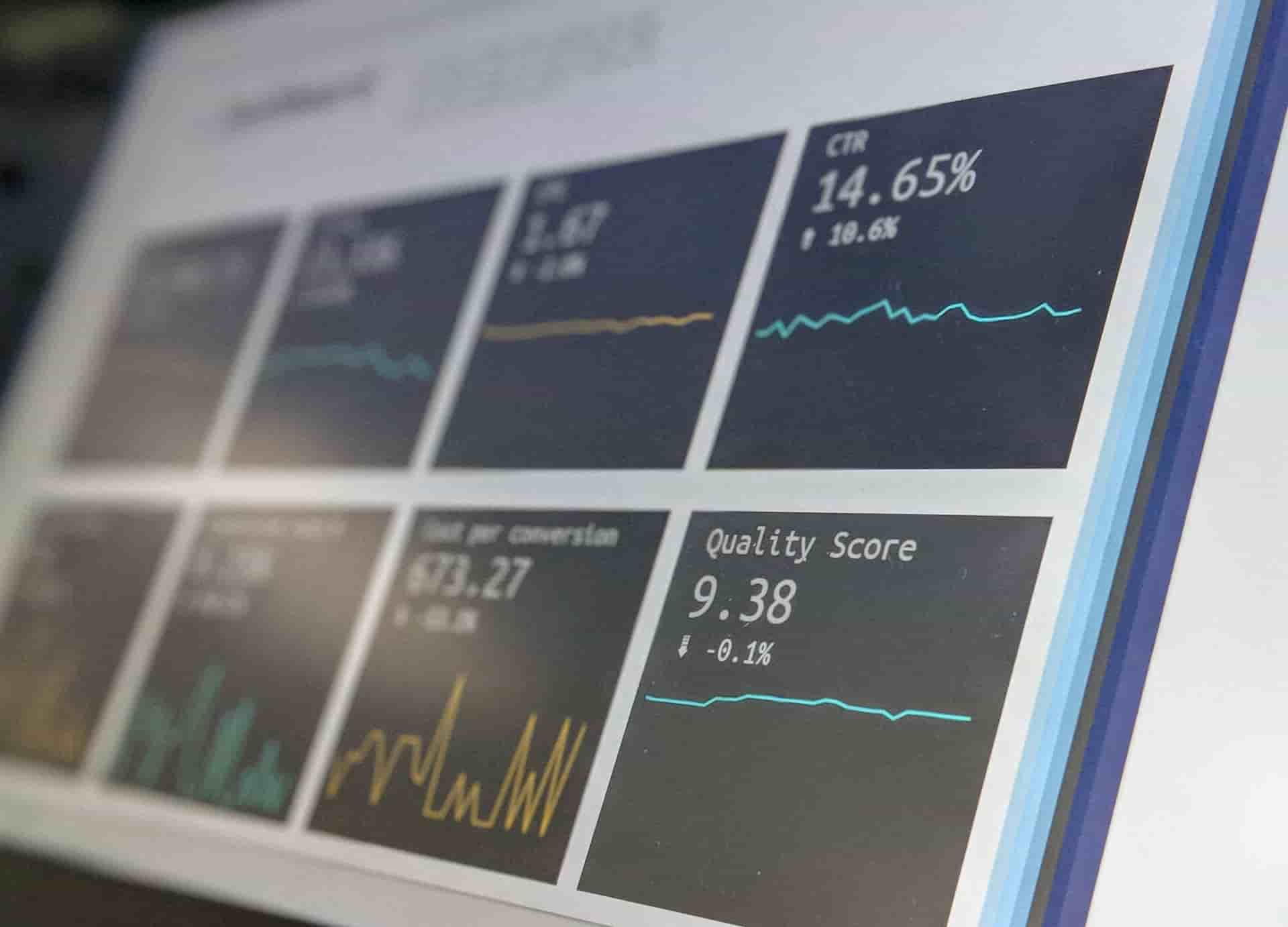Capacity is defined by your infrastructure’s ability to handle the expected traffic based on a given configuration.
Microsoft Azure allows web applications like Sitecore - when in PaaS configuration - to be “right-sized” for the task at hand. This means it will serve web pages, CMS and/or Marketing applications to users. Scaling those independently during a given day, hour or minute is of huge benefit to any organisation.
When we engage with customers, the group will define the parameters that we wish the environment to adhere to, automate where possible and then review these parameters based on environment performance on a regular (quarterly) basis.
Here, we’re breaking down the cost-led, performance-led and blended approaches an organisation can take when deciding on their capacity requirements.

Our recommendation
The Blended approach is highly recommended by Dataweavers for any client wishing to deploy on Azure PaaS. It enables the organisation to serve fast, low latency web pages and consistent user experiences when under peak demand, without having to incur the costs of permanently scaling secondary roles, such as analytics processing.
Sitecore 9 on Azure PaaS does provide almost infinite control over the way Sitecore works, however the fundamental basics of Sitecore scaling have not changed and there are some common concerns that we see when considering capacity planning.
Here’s what we think all organisations should be considering:
Primary concerns
- Web Applications
- Content Management Server response time
- Content Delivery Server load times
- Analytics reports up to date
- Azure Search
- Content Indexes up to date
- SQL Server
- Content Databases can publish quickly
- xDB Analytics growth
Secondary concerns
- Web Applications
- xDB Marketing Automation
- Email dispatch
- Azure Search
- Indexing speed during publishing
- Indexing speed during peak analytics load
The trick is to balance cost of infrastructure with both peak demand and quality of service. The environment will be scaled initially to meet the load times as defined in the business requirements, consistent with the traffic expectations agreed during the discovery phase of any engagement with Dataweavers.
If you’re undecided about which approach to take with the capacity planning or think you might need to change the way you’re operating, reach out to us today and we’ll let you know how we can help.
Find more resources at dataweavers.com/cxt/performance





